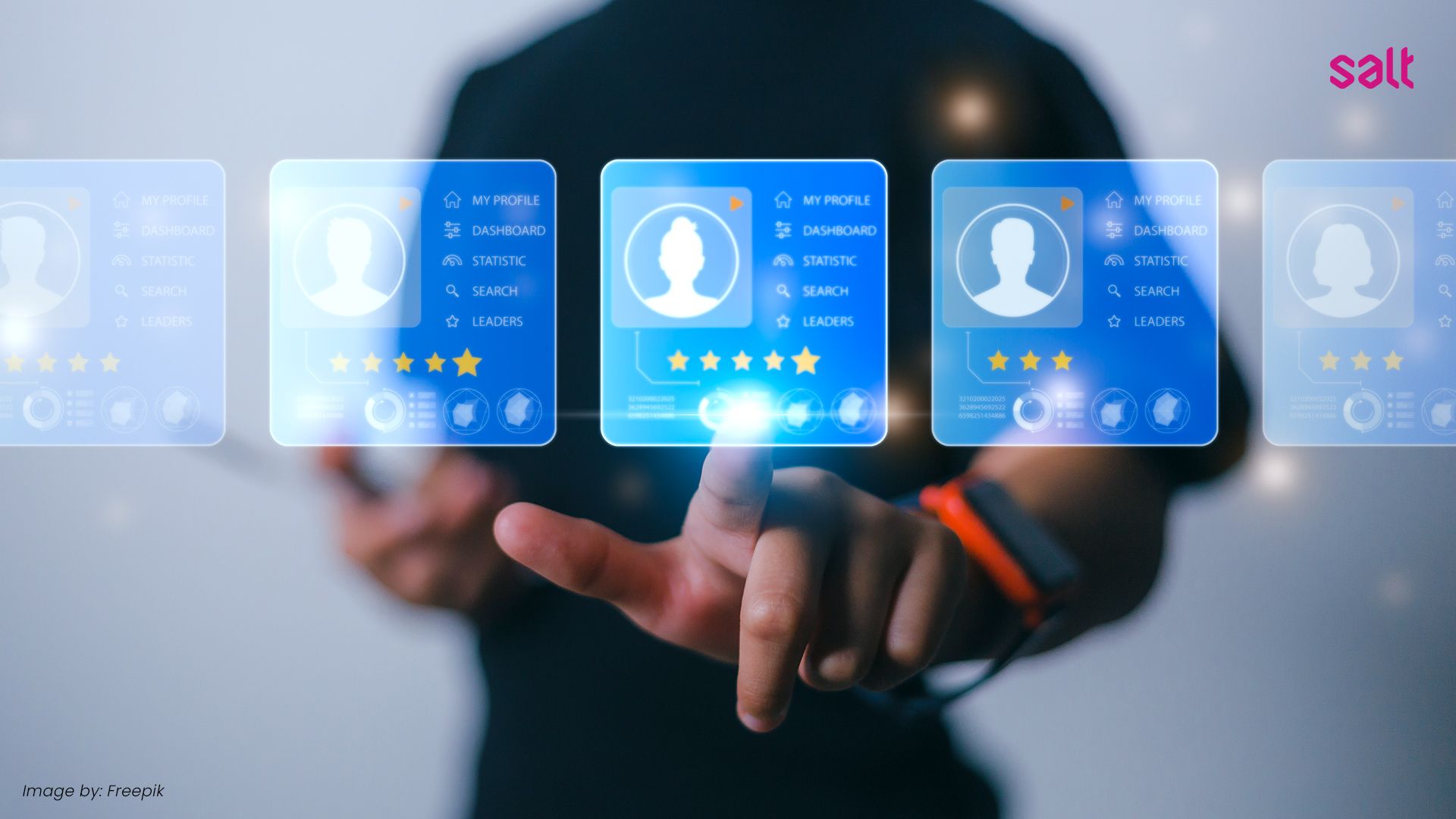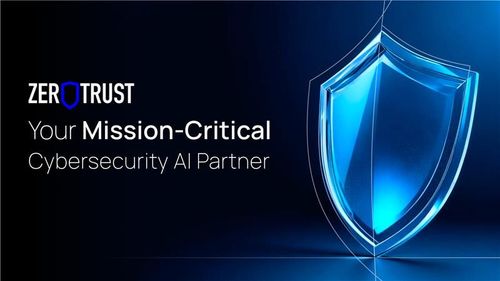Building lasting, strong relations with customers has never been as important today. However, as businesses realize the potential of customers, they are searching for ways of retaining them and improving customer loyalty, and with the increasing dependence on technology, there is a steady rise of Digital Loyalty Systems.
What Is a Digital Loyalty System, and How Can it Help Transform Your Business?
So, whether you are a business owner, a marketing expert, or an IT decision-maker, this ultimate guide will show you how digital loyalty programs have changed, the advantages they offer, and how they can help your business thrive.
What is a Digital Loyalty System?
Digital Loyalty Systems are designed to reward recurring customers for their continued business. Technology-driven in nature, this allows a brand to have a far stronger relationship with its audience. Generally, these systems enable enterprises to ensure that customers remain engaged while delivering value to customers through convenient, customizable, and scalable solutions.
Digital loyalty systems understand what incentivizes the client through big data, customer tracking, and the automation of rewards and gamified experiences. Over and above punching out on coffee cards, these platforms also proffer new insights that businesses can leverage in their ceaseless quest to hone offerings and experiences.
The Evolution of Loyalty Systems
From Punch Cards to Points-Based Solutions
Loyalty programs have grown gradually from their very inception into what they are today. The very first early examples of encouraging repeat purchases were traditional paper-based punch cards and coupon systems. Customers would visit their favorite stores, get stamps or punches, and redeem completed cards for rewards.
As early as the late 1990s and early 2000s, the emergence of e-commerce gave rise to digital loyalty programs. These points-based systems, with their encouragement of repeat purchases via digital accounts, became the norm for how brands interacted with and rewarded their customers.
Enter Technology-Driven Platforms
Fast-forward to the present day, technology-driven loyalty platforms have become the replacement for manual systems. Today, businesses use an advanced digital ecosystem composed of:
- Personalized Rewards based on each user's preferences
- Automation for easy management of rewards as well as customer communication
- Gamification to make loyalty systems fun and entertaining
- Big Data and AI in analyzing customer behavior for better functionality of the programs
This progression shows the astonishing potential of technologies for customer loyalty, and an increasing dependence on customized loyalty platforms that create a winning difference for a business.
Why do Businesses Need a Digital Loyalty Platform?
a. Turning One-Time Shoppers Into Loyal Fans
Without an effective loyalty platform, businesses risk losing customers to competitors who know and reward their audiences more. A digital loyalty system allows for an improved customer retention strategy by engineering experiences that cater to the individual needs of every user.
b. Data-Driven Insights to Fuel Growth
Digital loyalty platforms provide actionable insights through the data they collect, helping businesses understand customer behavior and informing smarter marketing strategies. This level of insight is important in driving meaningful, user-driven campaigns that ensure repeat purchases.
c. Driving Continuous Engagement
Digital loyalty programs use gamification and personalized rewards to keep your customers continuously engaged with your brand through app notifications, limited-time offers, or referral bonuses.
What are the Benefits of Digital Loyalty Systems?
- Increased Customer Retention
Loyalty platforms incentivize customers to buy again and again, lifting customer lifetime value and helping reduce churn. - Stronger Brand Loyalty
Offering rewards customized just for them helps customers connect more meaningfully with your brand, thereby making your brand differentiate more easily from competitors. - Actionable Customer Insights
By monitoring spending behavior, a business can further tailor its marketing to better match customer demand. - Better ROI (Return on Investment)
A loyalty system may be a front-end investment, but it quickly pays off in terms of long-term loyalty and revenue.
Best Industries for Loyalty Systems
Any customer-facing business can benefit from a loyalty program, but some industries are especially well-suited to digital loyalty systems, including:
- Retail Industry: Reward programs increase foot traffic and basket sizes.
- Hospitality Industry: Rewards such as complimentary stays/upgrades encourage revisits.
- E-commerce Industry: Online stores use loyalty platforms to increase cart conversions.
- Food & Beverage (F&B) Industry: Programs targeted at frequent diners assist in maintaining loyal customers.
How to Build the Perfect Loyalty Program
- Assess Your Business Needs
Start off by determining your goals. Are you trying to create repeat customers, increase average order values, or build up your customer database? Your strategy should align with your business objectives. - Choose the Right Loyalty Platform
The loyalty platform should be able to be customized for your brand's particular needs. This will afford you the flexibility to make changes to your program as your business changes. - Implement Personalization
Personalized rewards create emotional connections. Employ customer information to tailor rewards that would strike a chord with very specific target audiences. - Add Gamification Features
Gamification brings in an element of fun, encouraging participation. Features such as point milestones, surprise rewards, or challenges can all be helpful in driving engagement. - Focus on Security and Fraud Prevention
One of the most critical aspects of any good loyalty system is its security against fraud. Advanced fraud detection for loyalty programs ensures that rewards are earned honestly, thus protecting your bottom line. - Continuously Refine Your Program
Success doesn't begin and end with a loyalty system launch. Use analytics and customer feedback to make ongoing improvements that ensure your program stays relevant.
Security & Fraud Detection in Loyalty Systems
While loyalty programs drive revenue and delight customers, it also opens the floodgates for a host of fraudulent activities in the form of fake account sign-ups, stolen points, and unauthorized redemptions.
Modern loyalty platforms leverage tools like:
- AI-powered Monitoring Systems that identify unusual patterns
- Auditing Transactions for the authentication of reward claims
- Multi-layered Security Features, including tokenized rewards
By mitigating these risks proactively, businesses can ensure integrity within their programs and gain the trust of their customers.
How to Get Your Loyalty Program Up and Running
The most effective loyalty programs are those that start with strategy and the perfect partner. Partnering with SALT-an industry leader in customer loyalty technology-means your program will be designed around your business's goals.
SALT offers:
- A flexible, customizable Loyalty Platform Solutions
- Personalized Rewards, Automation, and Gamification are just a few of the features
- Fraud Detection and Security Systems-a guarantee for your program's integrity
With SALT, a team of experts in strategic loyalty program consulting will guide you from the initial concept through implementation and ongoing program refinement. We enable your business to optimize customer retention while creating a loyalty program that makes a real difference.
Questions about the Digital Loyalty System
a. How Do Digital Loyalty Systems Benefit Businesses?
These systems help increase customer retention, drive repeat purchases, and provide actionable insights into customer behavior. They also improve brand loyalty and deliver a better return on investment.
b. Why Is Customer Retention Important for Businesses?
Customer retention increases customer lifetime value and reduces the costs of acquiring new customers. Loyal customers are also more likely to recommend your brand to others, further driving business growth.
c. What Role Does Gamification Play in Loyalty Programs?
Gamification adds an element of fun to loyalty programs, encouraging participation through challenges, milestones, and surprise rewards. This increases customer engagement and brand interaction.
d. How Can Fraud be Prevented in Digital Loyalty Programs?
Fraud prevention can be achieved using AI-powered monitoring, transaction auditing, and multi-layered security systems like tokenized rewards. These measures ensure program integrity and protect customer trust.
e. Are Digital Loyalty Platforms Expensive to Implement?
While there is an initial investment, digital loyalty platforms quickly pay off by increasing customer retention, enhancing brand loyalty, and boosting revenue through repeat purchases and customer insights.
Create a Winning Loyalty Strategy Today!
Investing in a digital loyalty platform is no longer a luxury but a necessity for any business that yearns to be relevant in these digital times. A well-implemented loyalty system inspires not just repeat purchases, but actually forges an emotional bond that secures your customers for years to come.
If you are ready to unlock the benefits of Digital Loyalty Systems, partner with SALT. Contact Us today to learn how we can help you build a loyalty program tailor-made for your business!





